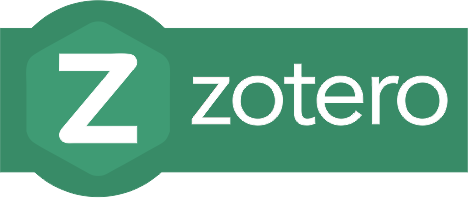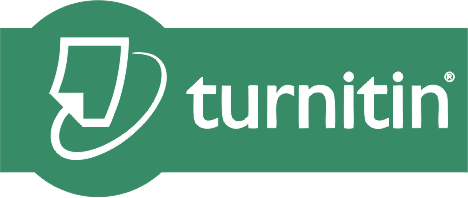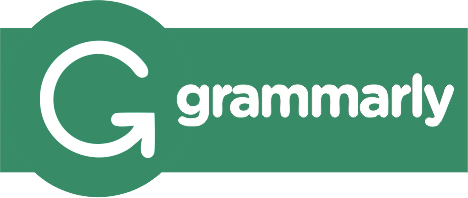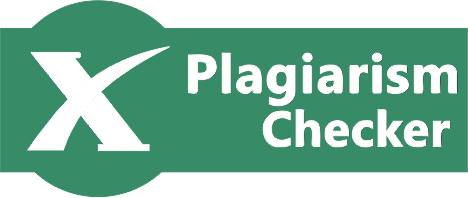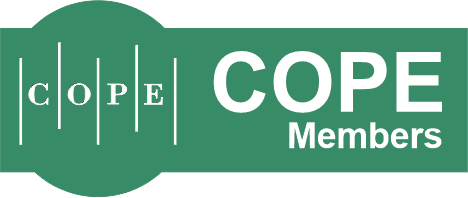Comparative analysis of creative thinking at SMPN 2 Pangsid
Keywords:
creative thinking, experiential learning, comparative analysis, SMPN 2 Pangsid ©2025 Feby AyuAbstract
This study aims to analyze the comparative creative thinking abilities of students at SMPN 2 Pangsid by applying the Experiential Learning model as an intervention. The research used a quantitative approach with a pretest-posttest design. The sample consisted of 20 students from two classes (7A and 8A), selected purposively based on specific criteria. The research instrument was a creative thinking test assessing four main indicators: fluency, flexibility, originality, and elaboration. The results revealed a significant improvement in students’ creative thinking scores after the implementation of the Experiential Learning model. Class 7A showed a higher and more stable average score increase compared to class 8A. The Independent Sample t-Test confirmed a significant difference in posttest results between the two classes, despite no significant difference found in the pretest scores. These findings indicate that the Experiential Learning model is effective in enhancing students’ creative thinking skills, especially through active involvement and meaningful real-life learning experiences.
References
Aini, A. B. N., & Sutarni, S. (2020). Analisis kemampuan berpikir kreatif siswa dan adversity quotient siswa SMP kelas VIII pada materi sistem koordinat Kartesius melalui pembelajaran open ended. Skripsi, Universitas Muhammadiyah Surakarta. https://eprints.ums.ac.id/85212/1/NASKAH%20PUBLIKASI.pdf
Arikunto, S. (2009). Prosedur penelitian: Suatu pendekatan praktek. Rineka Cipta.
Cahyadi, A. (2019). Strategi pembelajaran kreatif di Sekolah Menengah Pertama. Penerbit ABC.
Condro, E. W. (2019). Pendidikan kreatif dan pembelajaran inovatif di Sekolah Menengah Pertama. Educative Press.
Cropley, A. J. (in Haylock, D.). (1997). Creativity in the classroom: Schools of curious delight. Routledge.
Dianti, Y. (2017). Konsep kemampuan berpikir kreatif. BAB II. http://repo.iain-tulungagung.ac.id/5510/5/BAB%202.pdf
Evans, J. (1991). Creativity in the classroom: A practical guide for teachers. Longman.
Ii, B. A. B., Teoretis, A. K., & Kreatif, B. (2012). Bab II Kajian Teori: Konsep teoretis berpikir kreatif. Laporan Penelitian. [Unpublished].
Lestari, I., & Ilhami, A. (2022). Penerapan model project based learning untuk meningkatkan keterampilan berpikir kreatif siswa SMP: Systematic review. LENSA (Lentera Sains): Jurnal Pendidikan IPA, 12(2), 135–144. https://doi.org/10.24929/lensa.v12i2.238
Marisyah, A., & Firman. (2019). Pengembangan kreativitas siswa dalam pembelajaran Bahasa Indonesia di Sekolah Menengah Pertama. Penerbit XYZ.
Mukti, A. A. B., & Soedjoko, E. (2021). Kemampuan siswa pada aspek berpikir kreatif ditinjau dari gaya belajar melalui pembelajaran problem posing berbasis open-ended problem. PRISMA, Prosiding Seminar Nasional, 4, 26–36. https://journal.unnes.ac.id/sju/index.php/prisma/article/view/44955
Nurhayati, M. (2024). Inovasi pembelajaran untuk meningkatkan kemampuan berpikir kreatif siswa SMP. Jurnal Pendidikan Inovatif, 6(April), 226–237. [Jika jurnal ini benar-benar ada, mohon sertakan link DOI atau URL-nya]
Ruggiero, V. R. (1998). The art of thinking: A guide to critical and creative thought. HarperCollins.
Semarang, F. P., Yuli, T., Siswono, E., & Semarang, F. P. (2016). Berpikir kritis dan berpikir kreatif sebagai fokus pembelajaran matematika. Prosiding Seminar Nasional Matematika, 11–26. [Jika ada, sertakan link atau instansi penerbit]
Sam Hermansyah,, & Hanafi, M. (2024). The role of experiential learning in enhancing students’ creative thinking skills in English language education. *Jurnal Pendidikan Bahasa dan Sastra*, 19(1), 45–56. https://doi.org/10.31227/jpbs.v19i1.2024
Sujarweni, V. W. (2015). Metode penelitian: Pendekatan kuantitatif, kualitatif, dan R&D. Pustaka Baru.
Sugiyono. (2011). Metode penelitian pendidikan: Pendekatan kuantitatif, kualitatif, dan R&D. Alfabeta.
Sugiyono. (2013). Metode penelitian kuantitatif, kualitatif, dan R&D. Alfabeta.
Sugiyono. (2018). Metode penelitian pendidikan: Pendekatan kuantitatif, kualitatif, dan R&D (Revisi). Alfabeta.
Susanto, A. (2013). Kreativitas dan inovasi dalam pembelajaran. Penerbit Pendidikan Sejahtera.
Ujud, S., Nur, T. D., Yusuf, Y., Saibi, N., & Ramli, M. R. (2023). Penerapan model pembelajaran discovery learning untuk meningkatkan hasil belajar siswa SMA Negeri 10 Kota Ternate kelas X pada materi pencemaran lingkungan. Jurnal Bioedukasi, 6(2), 337–347. https://doi.org/10.33387/bioedu.v6i2.7305
Weisberg, R. W. (2006). Creativity: Understanding innovation in problem solving, science, invention, and the arts. Wiley.
Werdiningsih, C. E. (2019). Pengaruh model pembelajaran discovery learning terhadap kemampuan koneksi matematis siswa kelas VII SMP Muhammadiyah. Prosiding DPNPM Unindra, 0812(80), 399–404. http://repository.upp.ac.id/208
Downloads
Published
How to Cite
Issue
Section
License
Copyright (c) 2025 Feby Ayu Anggreyni, Buhari, Sam Hermansyah, Syahrir L

This work is licensed under a Creative Commons Attribution-ShareAlike 4.0 International License.




